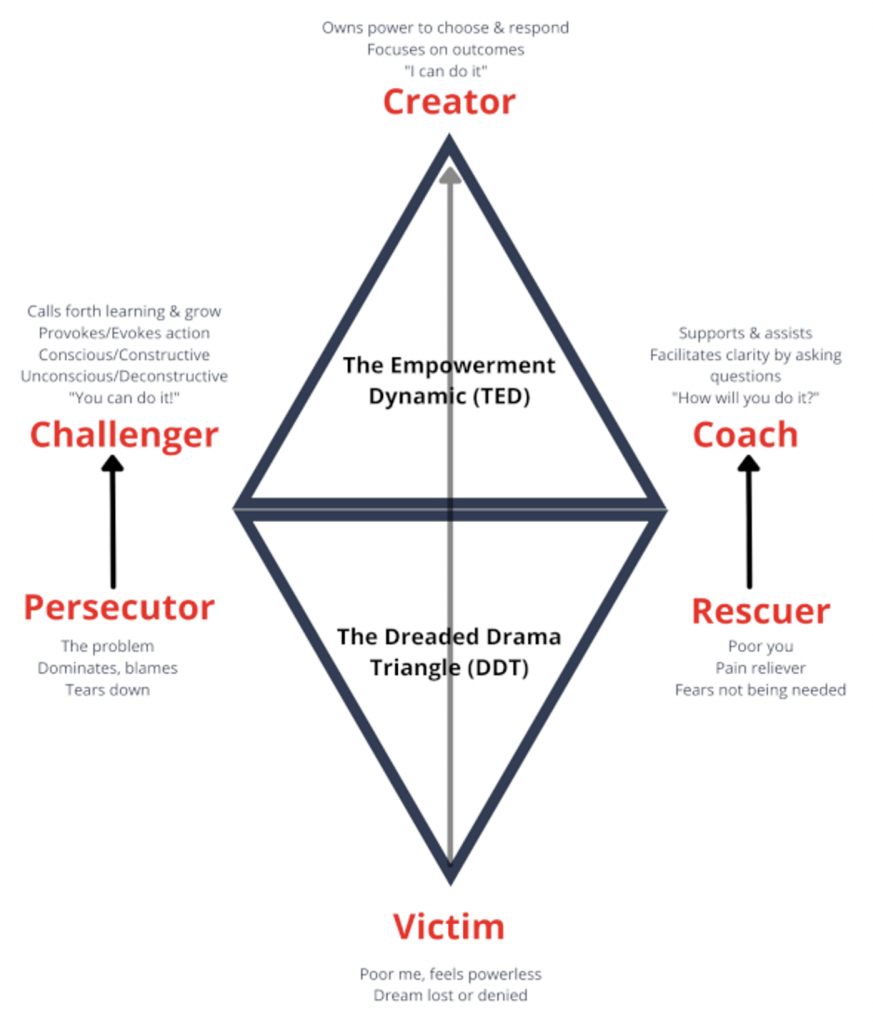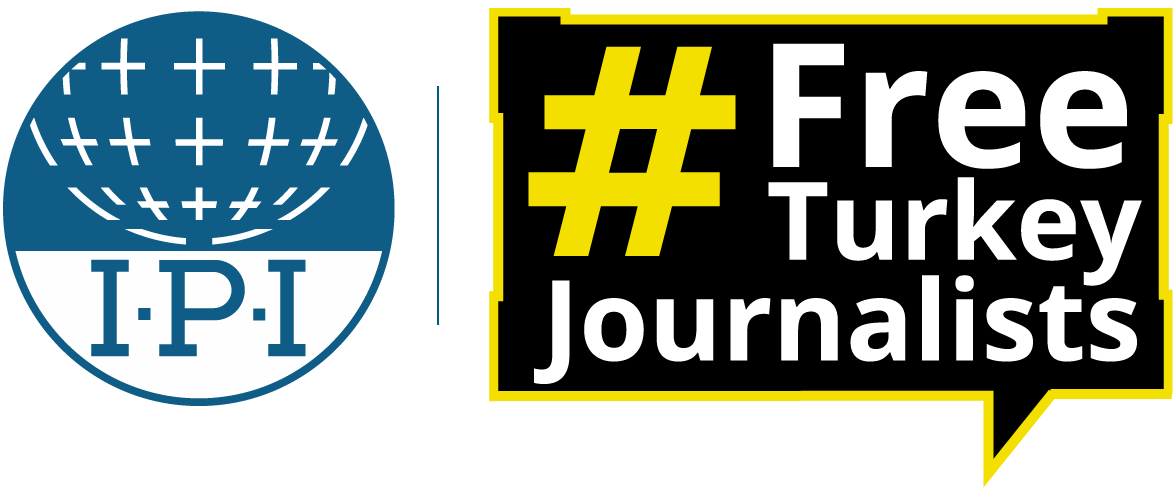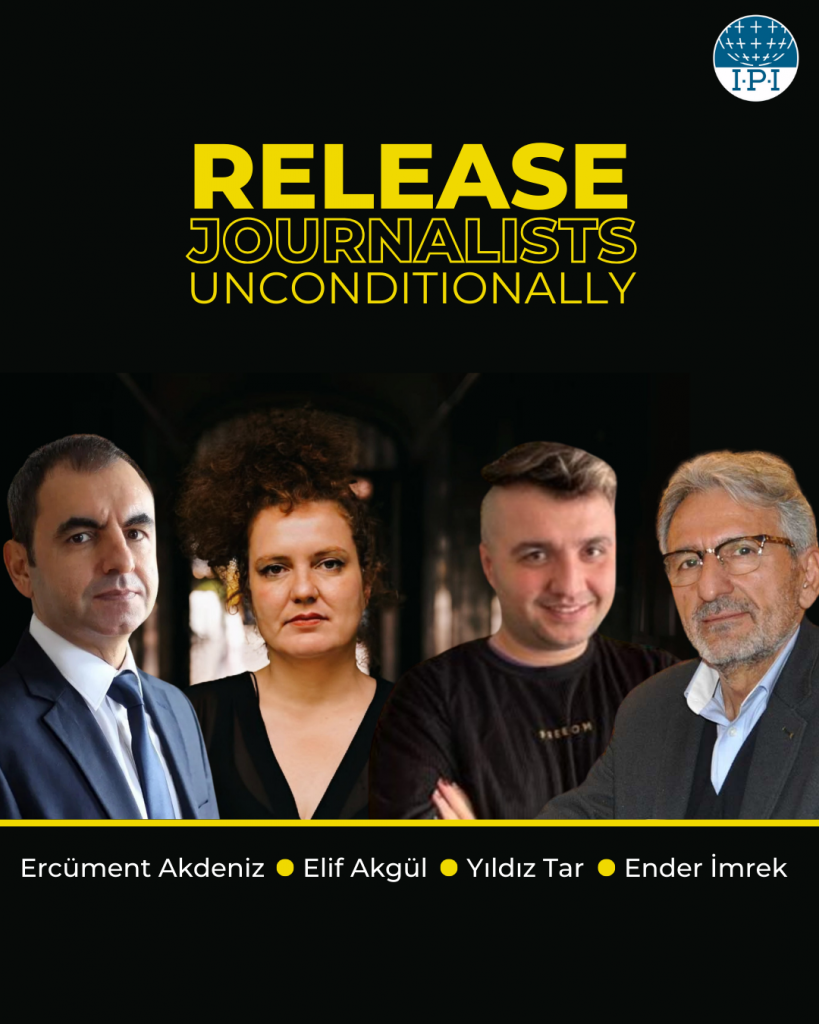The moment I truly grasped the concept of democracy was during a training session where young individuals from different cities across Turkey gathered for a shared purpose. I found this training to be quite democratic, as it brought together individuals from diverse backgrounds, all united in the common goal of learning the art of facilitating democratic discussions on the subject of human rights. Years ago, that training shaped my understanding of democracy, and now I hold a similar perspective regarding solutions journalism. This type of journalism offers a realistic portrayal of a problem while also acknowledging and exploring the constructive solutions and approaches to understanding the issue. This approach significantly influenced my perspective on the role of journalism in a democracy and its true purpose.
In this training, I was introduced for the first time to the term “constructive” in the context of constructive feedback. The feedback we exchanged while facilitating human rights training had to be practical and effective. Similarly, I think ‘constructive journalism’ strives to be practical and offers a pragmatic approach to addressing various issues. It aims to present examples of how people around the world tackle problems, serving as a reminder of our capacity to be creators of solutions rather than victims of problems.
Covering a solutions story has altered the way I perceive problems. I’ve learned to ask more practical questions to my sources. For instance, when I wrote a solutions story about the recycling issue in Turkey, I focused on a specific recycling project initiated by a municipality. For this story, I interviewed both the municipality workers implementing the project and the citizens benefiting from it. During the process, my editor highlighted that I could have better connected the views of the two sides. This improvement, he emphasized, would enable readers to gain a more comprehensive understanding of both the successes and challenges associated with the municipality’s project.
During my interviews, a citizen raised a complaint about the project. Initially, having concluded interviews with both sides, it hadn’t occurred to me to revisit the project coordinator and inquire about their response to the complaint. However, at my editor’s suggestion, though with reluctance, I reapproached the municipality’s project coordinator, and to my surprise, it yielded insightful results. This act of circling back made me feel empowered, prompting me to delve deeper into the issue. Furthermore, acknowledging and addressing this criticism with the project coordinator provided valuable insights into the inner workings of the municipality’s project.
What are solutions journalism and constructive journalism?
Dr. Emrah Budak, research assistant at the Mersin University’s Department of Communication, highlights the broader perspective of constructive journalism compared to solutions journalism. While constructive journalism critiques the newsworthiness of adverse events, it also encourages news to highlight positive developments in life. Budak states that constructive journalism captures the positive aspect of seemingly negative events. Solutions journalism, on the other hand, primarily centers around projects designed as a response to societal issues. This type of journalism, while elucidating problems and their underlying reasons, seeks to offer insights into proposed solutions, along with their limitations and outcomes. Having said this, Budak points out that solutions journalism operates in a more limited area than constructive journalism.
“Let’s imagine that two politicians are in a continual debate over an issue”, he says. “When a news piece offers suggestions and fosters a space for discussing potential solutions to that particular issue, it can fall under both categories, solutions journalism and constructive journalism. However, a news story that points out the common ground on which these politicians can agree and collaborate, as opposed to emphasizing the points on which they disagree, can be regarded as a piece of constructive journalism.”
How can journalists provide their audience with “the best obtainable version of the truth”?
Ulrik Haagrup, founder of the Constructive Institute, highlights the significant role journalists play in shaping our perception of reality through their news coverage. He stresses the importance of journalists recognizing their own involvement in the issue of trust within democracy. To address democratic crises effectively, Haagrup points out that journalists must not only acknowledge their part in the problem but also have the ambition to be a part of the solution. He suggests that journalists can contribute to this solution by asking two crucial questions: “Now what?” and “How?”
“The way traditional journalism filters the world has consequences”, he says. “Among these consequences is a growing trend of news avoidance and the exacerbation of polarization and populism. When we consistently frame events as black and white and focus on things that don’t work, we amplify the strategies employed by populists worldwide to attract attention. Constructive journalism, in contrast, tries to address this issue.”
Haagrup asserts that for a society to improve, there must be a space where individuals have confidence in finding “the most obtainable version of the truth”. He also emphasizes that when journalism is commodified, depicted in the most extreme and dramatic ways for sale, it hinders the audience from obtaining the most accurate version of reality.
“As journalists, we’ve been trained to present everything in black or white, but reality is more nuanced”, he said. “Therefore, we must question how we can effectively communicate the subtleties and shades in between.”
Can solutions-oriented journalism thrive in Turkey’s media landscape?
Budak highlights the challenges of applying constructive or solutions journalism principles to news production in Turkey. He notes that the prevailing political climate forces media outlets to align with either the “pro” or “opposition” side, creating a binary dynamic. Budak emphasizes that this polarization impedes the media’s capacity to prioritize the public interest.
Budak also underscores that individuals exposed to news exclusively focused on problems experience a sense of hopelessness.
“Various studies conducted in the USA and Europe have shown that constructive news motivates readers to engage and act”, he said. “In contrast, Turkey’s political agenda and crisis dynamics diverge significantly from these regions, as our country often grapples with a higher prevalence of negative news and political crises. We see how polarization in politics is reflected in the media. It is precisely due to these unique contextual challenges that we need a constructive approach to news more than in those countries.”
Although there are not many examples of solution stories that are written for the Turkish-speaking audience, international publications are still interested in publishing solution stories from Turkey. The news media outlet Transitions is one of them. The platform publishes solutions stories from Central and Eastern European countries and Turkey.
Jeremy Druker, co-founder and director of Transitions, thinks that the possibility of publishing solutions stories in a more repressive country is contingent upon the degree of repression.
“Currently, the prospect of covering solutions-oriented stories in a country like Russia seems virtually impossible, given that any article shedding light on the activities of civic initiatives aimed at addressing social issues might be interpreted as a critique of the government,” he says. “Conversely, in a country like Hungary, where numerous media organizations exhibit varying degrees of government influence, certain independent publications are able to operate. Although they don’t have the same level of popularity as mainstream outlets, they still sustain themselves.”
Druker highlights that crafting solutions stories hinges significantly on the writing style and language employed within these articles. He emphasizes the importance of presenting solutions from a neutral standpoint in solutions journalism.
“For instance, if an NGO’s response to homelessness is framed as ‘the government’s inability to assist the homeless population has led this NGO to step in,’ such language could come across as confrontational and provoke authorities”, he says. “Therefore, when engaging in solutions journalism, our goal is not to declare a solution as the ultimate best but rather to explain how the solution operates and demonstrate its outcomes. Effective solutions journalism rigorously examines the data, and the evidence, and confirms that the solution is genuinely effective.”
Two different media poles, two different pictures of a country, two different realities!
Media anthropologist Dr. Suncem Koçer, an instructor at Koç University, specializes in researching news consumption and disinformation on social media. Her research revealed a troubling trend of growing news avoidance in recent years, attributed to a decline of trust in the media.
“In Turkey, the news media is among the least trusted institutions”, she notes. “Media consumers are exhausted by news, feeling that news production no longer serves the civic culture. They have lost confidence in the media’s ability to effectively inform the public and assist them in making informed decisions, particularly during election processes.”
Citizens find themselves in a dilemma: They feel the need to verify information but lack confidence in their ability to locate accurate information, Koçer explains. This pattern of frustration and distrust can be disrupted with the inclusion of solutions-oriented stories in the news media. Koçer suggests that journalists have the potential to generate more constructive narratives, particularly when they can see resilience even in the face of the most destructive events.
Despite the challenges hindering the adoption of constructive journalism in Turkey’s media landscape, Koçer emphasizes its necessity. Polarization in the media paradoxically renders solutions journalism both essential and impossible to practice, she says.
“The divergence in news consumption is an effect of polarization. Individuals that are aligned with opposing ends of the political spectrum tend to gravitate towards distinct news media brands, and there is no intersection of these two media realms”, she says.
The more extreme the depictions of these two contrasting media polls become, the further they drift from reality. This situation reminds me of the portrayal of dystopia and utopia. Often, when we perceive everything as a catastrophe as if we are on the brink of a dystopian reality, or conversely, when we believe everything is flawlessly utopian, the actual reality tends to fall somewhere in between these two extremes. This is because, in truth, the portrayal of disaster reflects our anxieties overshadowing reality, while the portrayal of perfection is an illusion crafted by our avoidance of deep-seated problems and conflicts that we prefer not to acknowledge.
At this point, I see constructive journalism as a stabilizing force that can anchor us to reality. While focusing on the solutions and emphasizing the constructive aspects of a particular issue, we not only bring attention to the positive dimensions, but we also uncover the facets within that “solutions project” that may have been overlooked in its specific context. This enables us to pinpoint areas within a given “solution” that may require improvement or further development.
What now? And how?

Writer Stephen B. Karpman’s drama triangle shows us how at different times we play different roles in our lives. I think if we were to consume only fear-driven stories we would constantly feel victimized even without realizing it and disempowerment would be our normal state. When we are in a victimized state, we may feel helpless and paralyzed with the overwhelming information of how many things in the world are going wrong. As an answer to this diagram, the winner’s triangle guides us in transitioning from the role of victim to the role of creator. This involves reclaiming our power by confronting and engaging with the problem long enough to discover solutions.
Finally, to inspire you, I would like to share news platforms and institutes from different parts of the world that embrace the solutions and constructive journalism approach in their coverage.
Rubryka: A news media outlet that conducts solutions-oriented journalism in Ukraine.
Transitions: A news media outlet focusing on solutions news from Eastern and Central Europe.
Bonn Institute: This Germany-based institute has monthly newsletters on constructive journalism that I have been following for a long time.
The Constructive Institute: The website of this Denmark-based institute includes content from various newsrooms from different Scandinavian countries explaining how they implement constructive journalism and their transition processes to constructive journalism.



